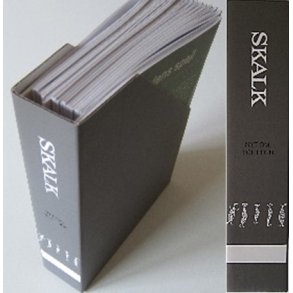Nicolai Abildgaard can be said to be the overlooked grandfather of Danish painting. Abildgaard was active as an artist at a time of turmoil where religion, absolute monarchy, and class society was engaged in a struggle with modern views on society and humanity, and he himself sided with the new notions about human rights, criticizing absolute monarchy and the practice of religion.
The introductory article in this book, Body and Tradition, which describes the long lines in Abildgaards development as an artist, is divided up into five main sections which more or less follow the chronology of the artists work: Between Copenhagen and Rome (1767-1778), The Body of Power (1778-1794), The Ghost of Tradition (c. 1778-1809), The political artist (1785- c. 1800) and The turn towards the private (c. 1790-1809).
In the articles that follow, five writers deal with parts or aspects of Abildgaards oeuvre; the British art historian Martin Myrone describes the international milieu in Rome in which Abildgaard found himself in the 1770s; the art historian Charlotte Christensen investigates Abildgaards use of references to art history and sheds new light on the presence of the tradition in Abildgaards works; Kasper Monrad interprets Abildgaards Nightmare against the background of the biographical context in which it arose; Henrik Ole Holm makes a topicalizing interpretation of The Wounded Philoctetes, and finally Louise Fussing analyses a selection of Abildgaards furniture designs and puts them into perspective.






